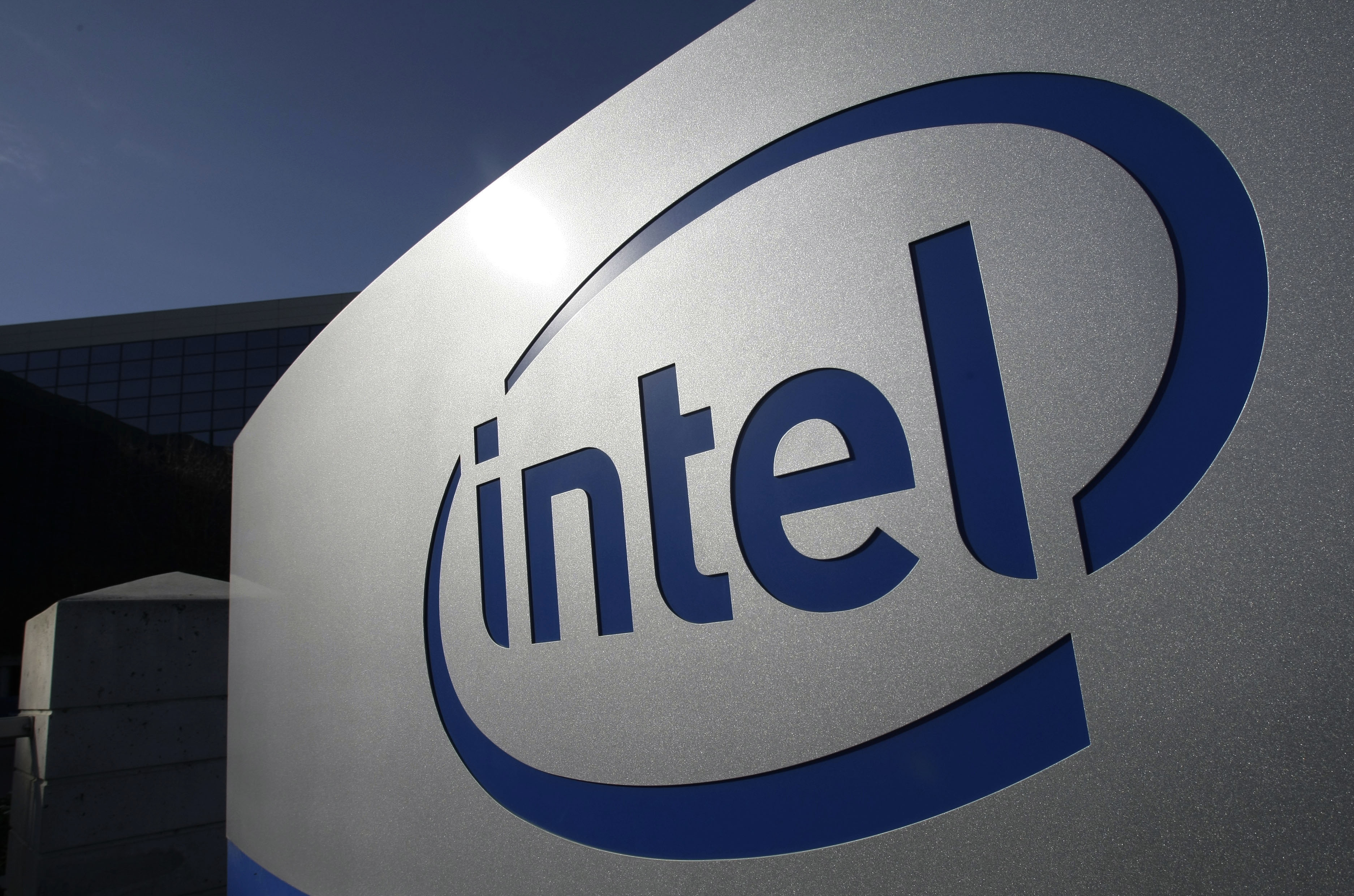Regulatory Roadblocks Force Intel to Abandon $5.4 Billion Chip Deal, Sending Ripples Through Tech Industry

Regulatory Roadblocks Force Intel to Abandon $5.4 Billion Chip Deal, Sending Ripples Through Tech Industry
In a surprising turn of events, Intel Corporation has officially terminated its ambitious $5.4 billion chip deal after facing insurmountable hurdles in obtaining the much-needed regulatory approval. This move comes as a shock to both the tech and business communities, as the deal held the promise of reshaping the semiconductor landscape. The decision not only leaves Intel at a crossroads but also raises questions about the intricate balance between corporate aspirations and regulatory compliance.
The abandoned deal was centered around Intel’s intention to acquire a prominent semiconductor manufacturing company, which was poised to bolster its position in an increasingly competitive market. The potential benefits of the acquisition were manifold, as it would have granted Intel access to cutting-edge technologies, expanded its product portfolio, and solidified its market share. However, these lofty ambitions were swiftly curtailed by regulatory red tape, setting the stage for a significant corporate setback.
The regulatory journey began optimistically, with Intel unveiling its acquisition plan amid fanfare from industry experts. The company’s leaders were bullish about the strategic value of the deal, highlighting the potential to create a more diverse and comprehensive suite of products that could cater to a wider range of consumer needs. With the advent of technologies like artificial intelligence, the Internet of Things, and 5G connectivity, the semiconductor industry had been undergoing a paradigm shift, and Intel aimed to position itself at the forefront of these transformative trends.

Nevertheless, as the acquisition proposal navigated the regulatory landscape, it became increasingly evident that obtaining the necessary approvals was not going to be a mere formality. The regulatory bodies, entrusted with safeguarding fair competition and preventing monopolistic practices, raised pertinent concerns about the potential consolidation of power within the industry. These concerns stemmed from the fact that the acquisition would have concentrated a substantial portion of semiconductor manufacturing under a single entity – Intel.
As the regulatory scrutiny intensified, Intel found itself entangled in a complex web of negotiations, discussions, and compliance measures. The company had to tread carefully, addressing the concerns of regulators while maintaining its strategic vision. Months turned into quarters, and with each passing day, the deal’s fate seemed increasingly uncertain. The regulatory approval process, once expected to be a procedural step, evolved into a litmus test of Intel’s commitment to fair competition and consumer welfare.
In a last-ditch effort to salvage the deal, Intel proposed a series of concessions aimed at allaying the regulators’ concerns. These concessions included pledges to maintain open licensing arrangements, promote interoperability, and ensure that the acquisition would not result in anti-competitive practices. However, despite these efforts, the regulators remained steadfast in their reservations, highlighting the potential ramifications that could reverberate throughout the industry.
Faced with an impasse, Intel was left with a daunting decision: either to continue investing resources in a deal that showed no signs of receiving regulatory approval, or to cut its losses and refocus on its core business operations. After careful deliberation and an evaluation of the broader implications, Intel’s leadership chose the latter. This decision marked the culmination of months of uncertainty and speculation, sending shockwaves not only through the company itself but also through the wider tech industry.
The repercussions of this decision are multi-fold. Intel’s decision to abandon the acquisition deal underscores the pivotal role that regulatory bodies play in shaping the corporate landscape. It serves as a reminder that even the most well-conceived business strategies can falter in the face of regulatory challenges. This case also highlights the delicate balance that companies must strike between their aspirations for growth and their commitment to adhering to regulatory frameworks that promote fair competition.
Furthermore, the fallout from the abandoned deal extends beyond Intel’s immediate future. Industry analysts and stakeholders are left pondering the potential ripple effects on the semiconductor market as a whole. Will other companies now be deterred from pursuing similar acquisition strategies due to the heightened regulatory scrutiny? Will this incident prompt regulators to reevaluate and refine their approach to overseeing mergers and acquisitions in the tech sector? These questions linger, painting a picture of an industry at a crossroads.
As Intel navigates the aftermath of this decision, it faces the challenge of recalibrating its growth trajectory. The company must find ways to regain the momentum it sought to achieve through the acquisition while respecting the regulatory boundaries that have been reinforced by this experience. Intel’s resilience and adaptability will undoubtedly be put to the test as it seeks to chart a new course forward.

In conclusion, the saga of Intel’s abandoned $5.4 billion chip deal serves as a cautionary tale for the tech industry and businesses at large. It underscores the need for companies to meticulously evaluate the regulatory landscape before embarking on ambitious acquisition strategies. The incident also emphasizes the intricate interplay between corporate aspirations, regulatory compliance, and the broader dynamics of the market. As the dust settles, the tech industry watches with bated breath to see how Intel’s next moves will shape its own path and the trajectory of the semiconductor sector.





